suburban nihilism
mariah barden jones
mfa candidacy proposal
spring 2020
2021 anticipated graduation
department of graphic design
virginia commonwealth university
—————
abstract
background/intro
conceptual architecture
recent work
moving forward
bibliography, precedents,
one in the same
thank you :)
—————
abstract
i think we begin with web.
it’s where i was (in my personal work, mostly, at least) before i got here, and, literally, it’s where you are now.
a website is a window looking into a room.
(1)
a website is a window looking
out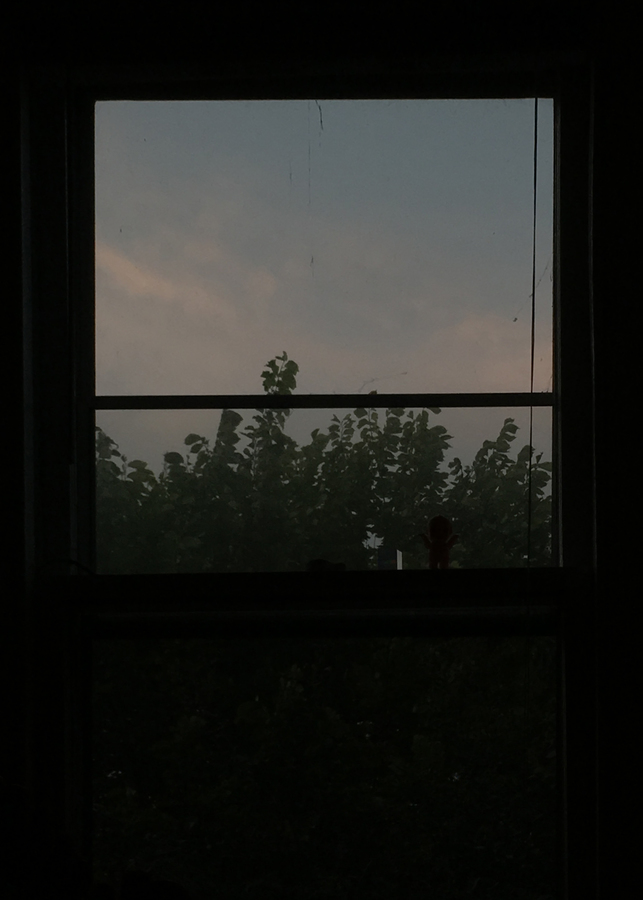
of a room.
it’s feeling alienated physically, geographically, emotionally, spiritually, economically, it doesn’t matter the exact context, just a deep-rooted feeling that in some way you are alone. a chronic adolescent suspicion that you’re somehow apart from the people, the structures, the systems that surround you, that you live within. it’s not a snotty, pop punk, i hate this town, i hate these people, but knowing that there’s a part of you separated out, whether it’s on the personal (by the people you’re around, the place you live in, regardless of how much you may love them, how much you both try — or don’t), the structural (your country, your economy), or both, and then, what you turn to when you’re there — the
nihilism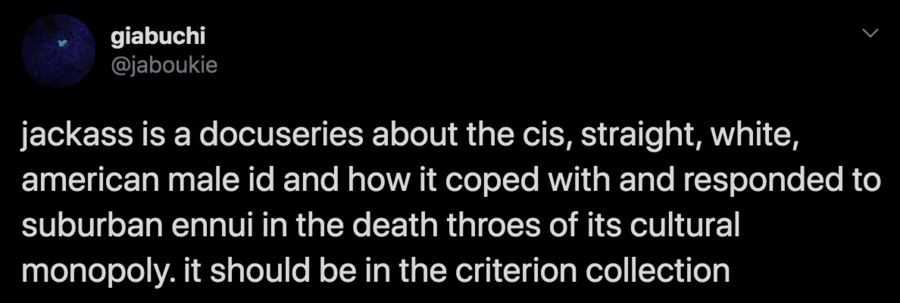
, the solipsism, the marxism, you can pick your own adventure.
not all my work is web obviously, but i think the web space is where these ideas can be the most obvious. i’m not sure i’m an object-maker — i try (sometimes). i think i’m more of an idea-haver, or if we’re getting more specific, a joke idea-haver, and those, occasionally, live in objects as well. maybe that seems like the antithesis to the whole alienation thing, but i think it’s actually the exact same. it’s like — consider all communication is an attempt to reach out, so then the exploration of alienation, its subthemes, the jokes primarily made for myself, as not necessarily leaving it, leaving the room, but letting someone know i’m here too.
———
—————
background/intro
there’s two main background narratives we can look back towards, maybe starting at the near future, and then walking back a little further —
my undergraduate graphic design education was relatively conventional. i took a lot of drawing classes — there was this joke shared between some of the studio art students and graphic design interlopers, them, all concept no style, us, all style no concept. i came out of it similar to how i think a lot of undergraduate students do, a totally competent brand fetishizer, eager to get a cool job for a hip company with an impeccable branding system, without really understanding what that means.
but i was both wholly under- and over-prepared for the realities of commercial graphic design. in my naivete and short-sightedness, i hadn’t realized that the majority of my jobs would be an extension of the marketing department. and as i continued to work, i don’t know if it’s that my ideology shifted or i began to recognize the ways i was
complicit as a
decorator of capital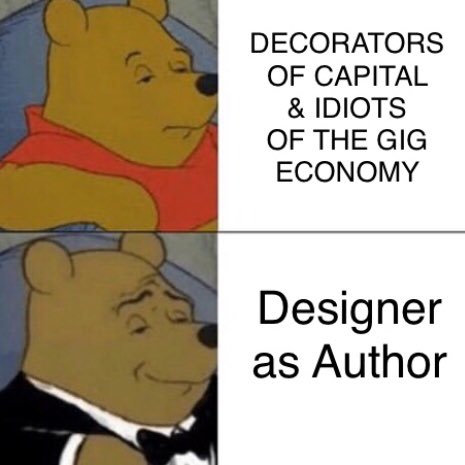 .(1)
.(1) i don’t want to help people sell things. i don’t want to aid in convincing consumers a brand is “cool,” or their friend, or a substitute for like actual ethics and a personality. not to be dramatic, but if i wanted to be a cog in the capitalist machinery, i would have majored in business so at least i’d be paid more to hate my self-important job!
now, onwards to the (relatively) farther distance, the more “formative” (maybe) —
we didn’t really get a computer in our house really until i was in 11th grade. my grandparents had a computer, which worked out fine until high school — elementary and middle school we spent evenings at their house until my mom got off of work. my dad sent a laptop to our house when i entered high school, but it didn’t have microsoft office suite and my mom didn’t pay for internet, so it was mostly used to pirate my neighbor’s wifi and code basic myspace layouts more than it was to help me with my school work.
i think that the internet can be a social experience, but i think that it’s oftentimes solitary. i know that the aim of Big Internet is socialization, although i don’t think it’s been that successful. i think the socialization that happens on facebook, instagram, twitter, unless mindful and purposeful in its use, is oftentimes isolating in more ways than one — in the parasocial environment, in the insecurity of performed perfection, and in the alienation from the labor you’re performing for those multi-billion dollar companies in the form of your behavioral data. (i personally try to emphasize mindful use when on those sites — actively building a social environment of commenting, messaging, reaching out — rather than the mindlessness of the parasocial scroll. they’re making money off selling your activity data so might as well make it worth your time in interacting with those you actually care about rather than the brands you follow. the mindless scroll, the
depressive hedonia(2) can feel like a meditation against the stress of modern life and i don’t argue against, i only suggest a different method — one that doesn’t actively prey on you, profit off of you.)
i was late to the game and i know it, i can’t fully relate to the essays on the beauty of geocities, of net art’s hey-day, but think the times i felt the most wonder, the most camaraderie was in that very beginning of my own internet use, when not everything was quite so monetized yet, quite so sleek and commercial, when you could stumble upon and look into little rooms built for themselves, and find where you fit within them. not all the rooms were spaces of beauty — the pro-ana, pro-mia xangas and tumblrs i would scroll after school, learning to chew ice and snap rubber bands — but all were sources of wonder, maybe even community, whether ever really intended to be seen by others or not.
but besides finding spiritual camaraderie in wandering into a room never intended to be found, i think to early (for me) social networks and blogs, community based sites not yet monetized and monitored to the pixel, at first myspace, but then hipster runoff. it’s probably no coincidence that both of the websites i hold dearest to my online development no longer exist, and purposefully so — both sold off by their creator and, while not destroyed — the domains remain (nothing truly dies online, only gets redesigned) — are rendered unrecognizable. within these sites also lies the common thread of image building, personality to the point of parable, but without the total inauthenticity of capital building, of selling self for brand deals, but for the fun, the purity of the performance, self-mythologizing. (i could write an entire essay to the way hipster runoff raised me, i’ll save it.) but that’s where a lot of my language comes from, essentially, where i learned to write — these sites where communication is not just content or word choice, but word absence, letter removal, styling, what’s conveyed in an
abbreviation.(3) (also, i mean, not to be like “praxis” or whatever, but taking this concept and also mutating it for the academic sphere — i think it’s important when writing about “art” to do so personably, accessibly, to not discourage an attempt at understanding through insecurity-driven obfuscation and like… near constant reference to various french philosophers thrown around with the implicit opinion you should know who they are. i’ve never read lacan and i won’t out of spite!)
anyway, so that’s what brought me here, and that’s what my work is about i guess — a dark family room in the suburbs, illuminated solely by the screen of an old desktop, everyone else asleep, and what’s found in that space.
———
(2) capitalist realism, mark fisher
(3) “if something is in the net, it should speak in net.language.” — olia lialina
—————
conceptual architecture

—————
recent work
highercalling.club
highercalling.club is the gdes 2021 class collaborative collective, inspired and working towards addressing the questions raised through the commercialization and marketing of trendy religious spaces, “end of the world” environmental catastrophe, capitalism’s singular progressionist narrative, and what generosity means when it’s unasked for.
so, within that, what my focus seeks to address is two-fold: 1. a re/decontextualization of the role of street preacher, through a digital collaging of street preacher pamphlets, but with a less fire and brimstone mantra, and more of tongue-in-cheek branded salvation and 2. a space to conceptualize alternative narratives to the whole “end of the world” thing, which personally, obviously i find to be a capitalist progressionist fear — “it's easier for people to imagine the end of the world than
the end of capitalism,”(1) and ignores not only historical evidence of non-western colonial societies which moved through various forms of governing through out
seasons and years,(2) but also that colonized, marginalized societies have been facing the ends of their worlds for centuries via the quest for capital acquisition.
this took form in several ways:
individual pamphlets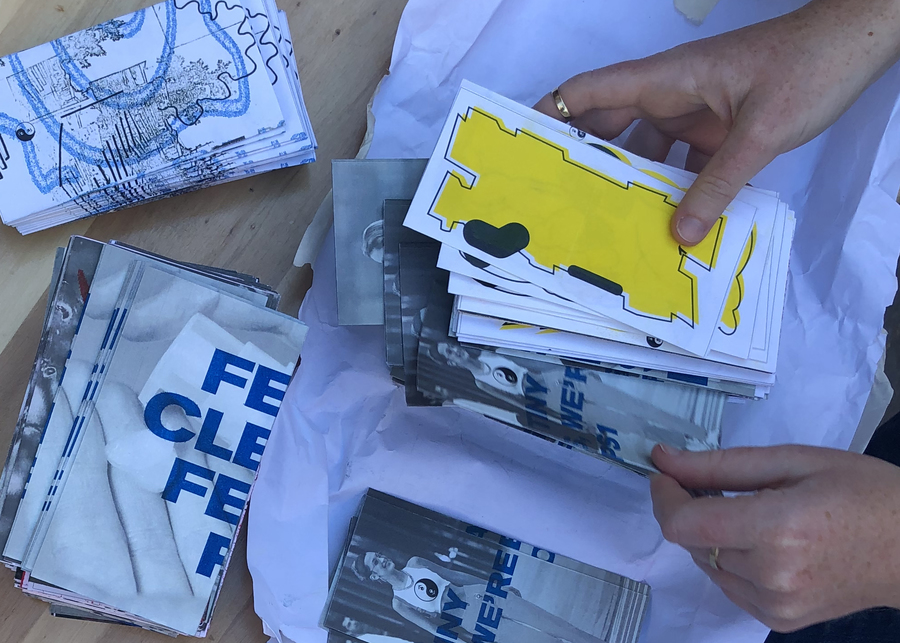
handed out at the new york art book fair while
performing as street preacher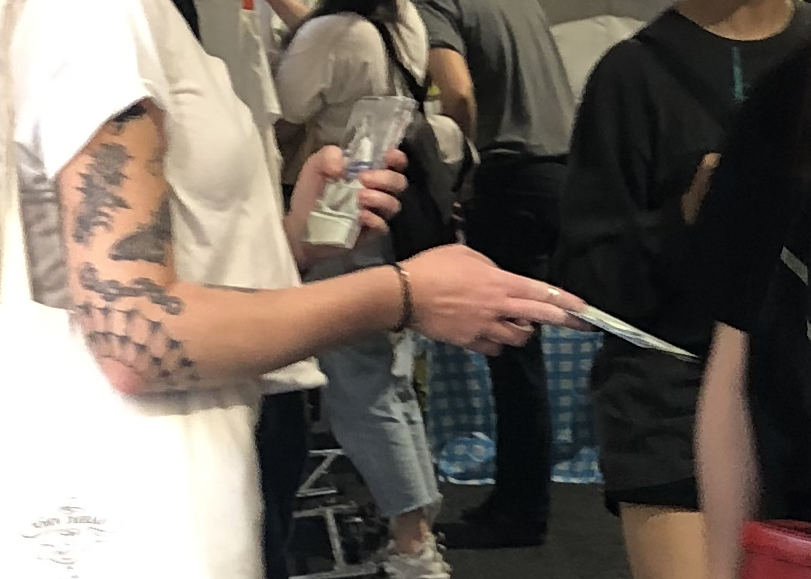
, which were then reformed for redistribution in richmond as posters, a ubiquitious form of unasked for information, and a
website, which also acts as a repository for process work and inspiration.
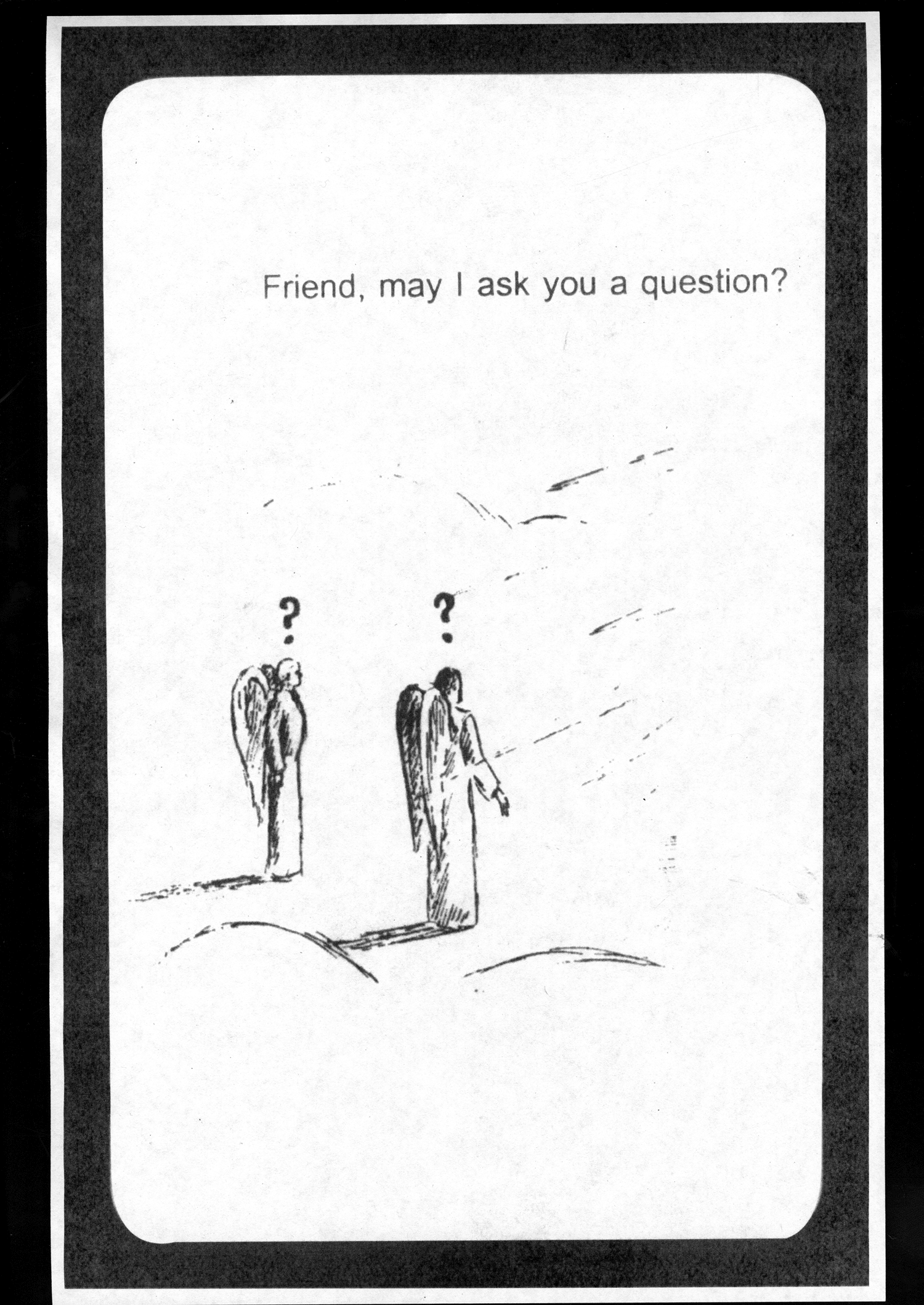
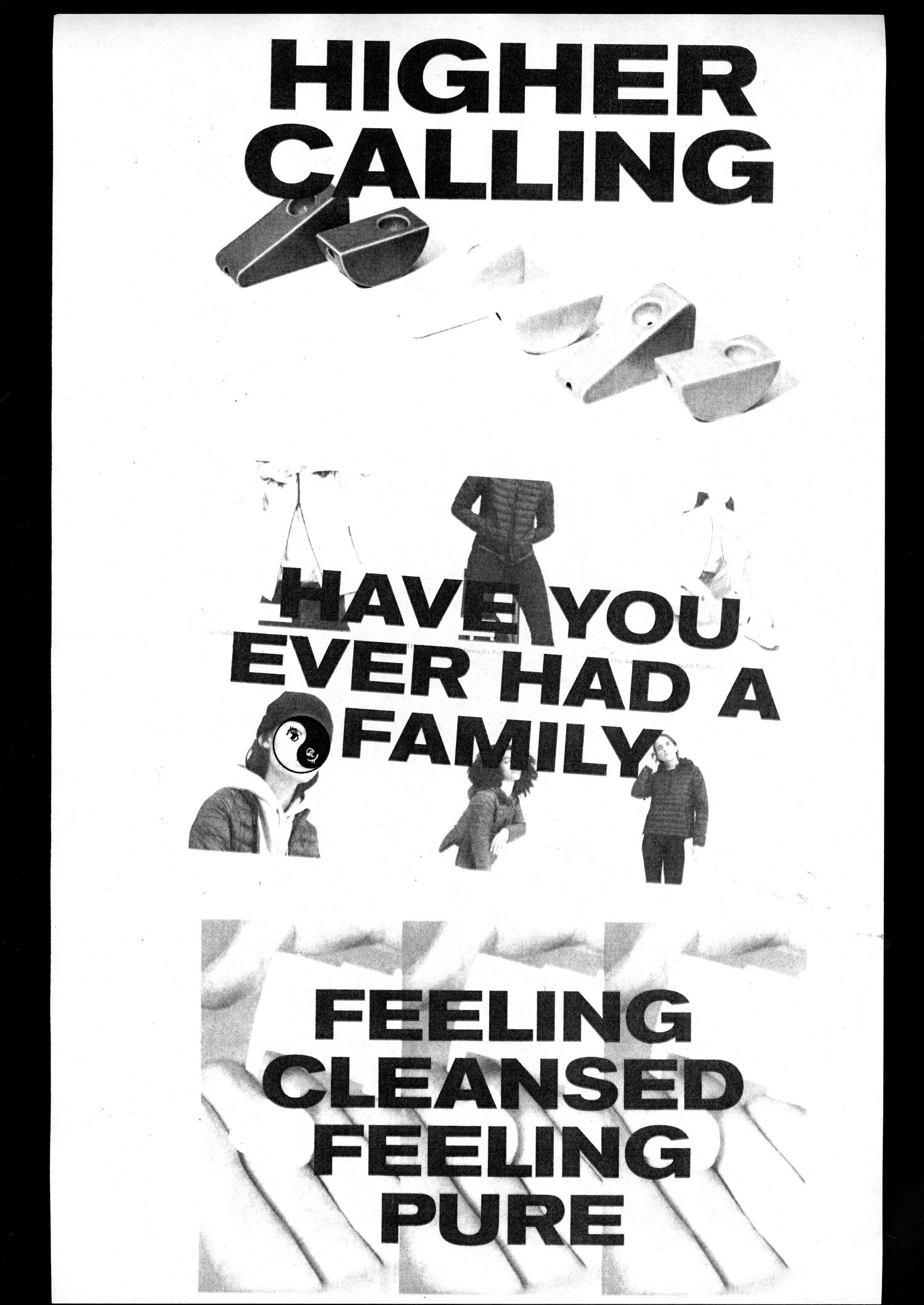
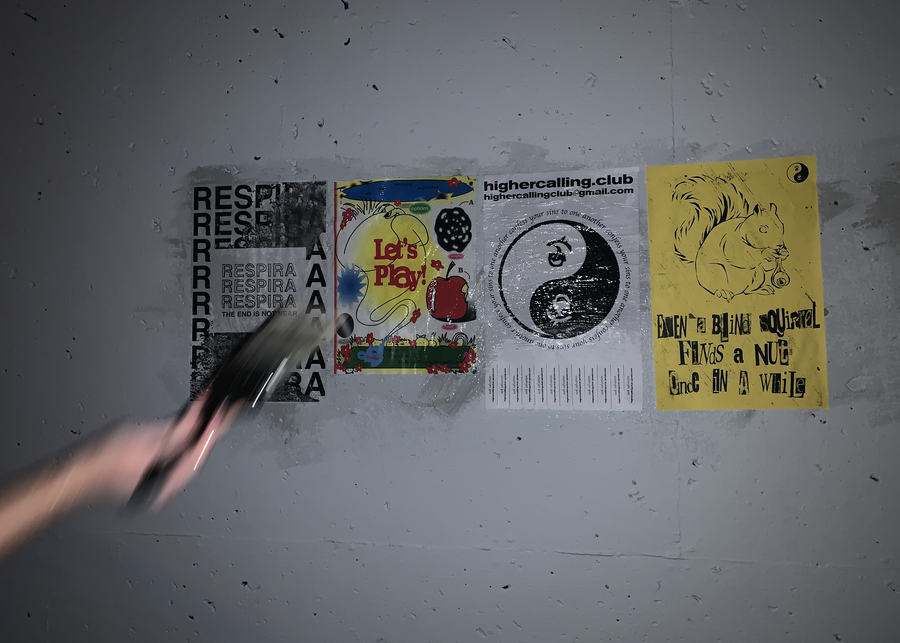
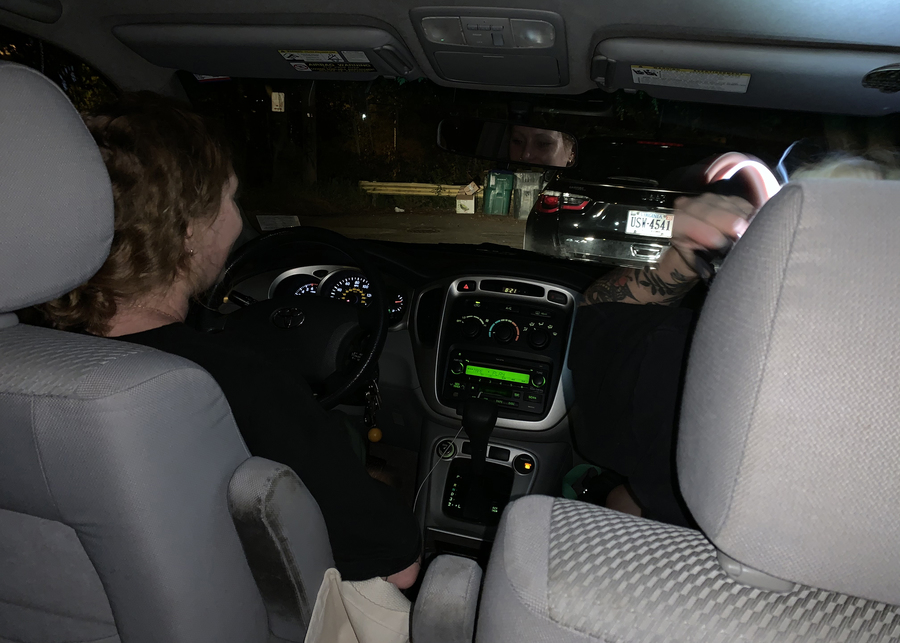
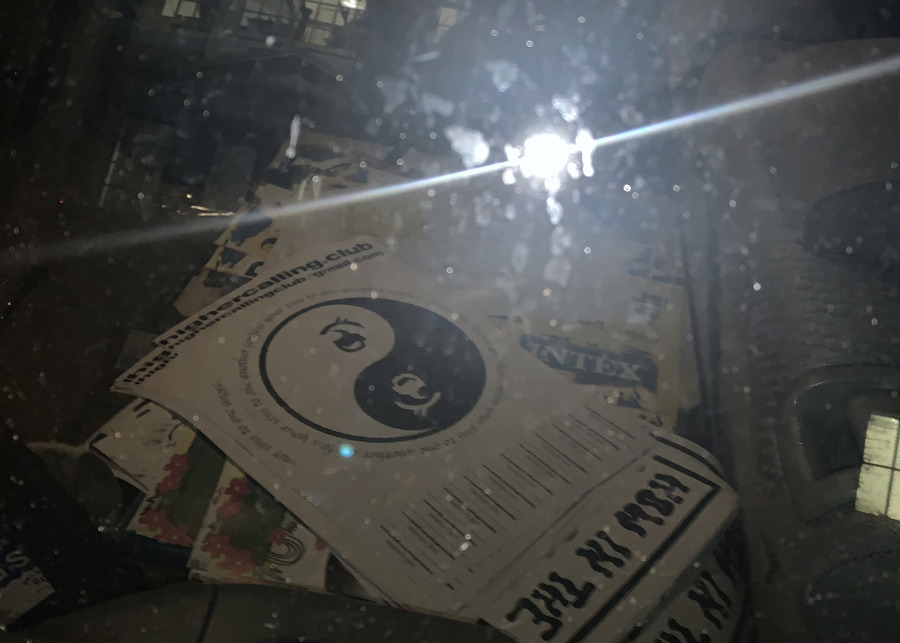
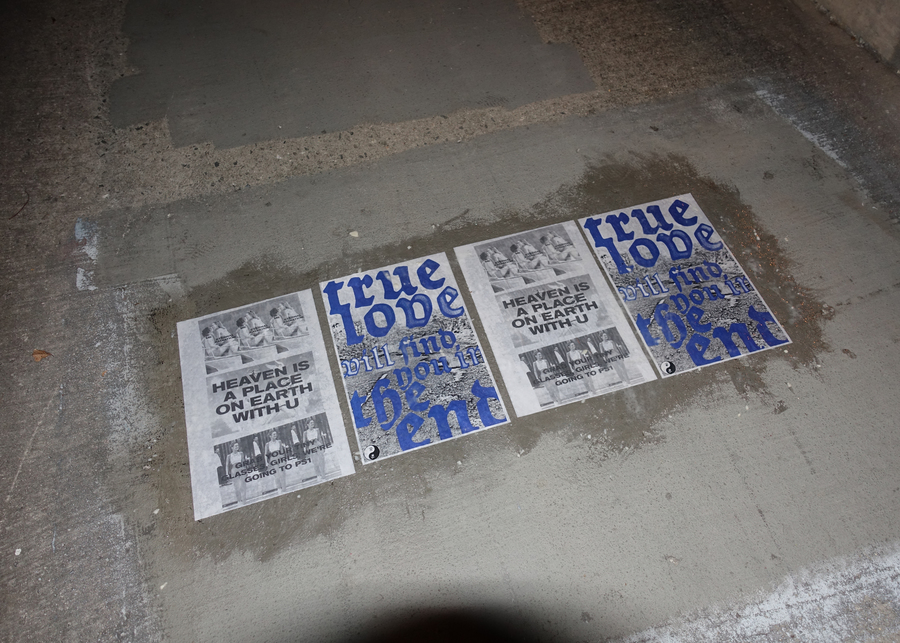
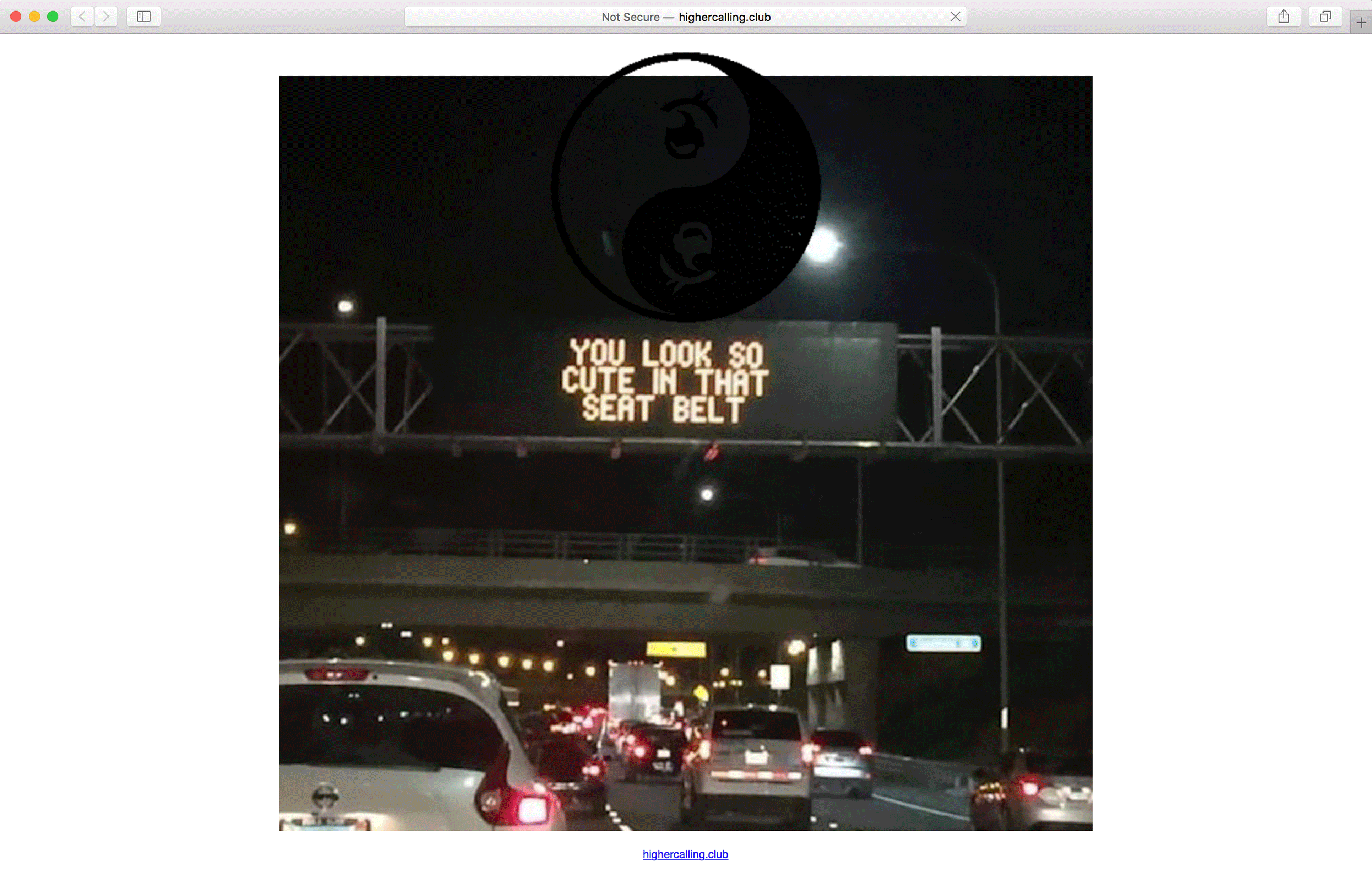
~~~
time is a pyramid scheme
stemming from studies done during the deathwish workshop with riley hooker on halloween, this work explores alternative methods of time keeping and their applications.
this aforementioned work was originally a video concerned with the concept of sundowning — a symptom of alzheimer’s in which people become increasingly agitated in the evening — as a metaphor for degradation and resurrection, as well as a proposal for the idea of alzheimer’s as time travel (based of a memory of an interpretation of slaughterhouse-5’s billy pilgrim not coming “unstuck in time” but actually suffering from alzheimer’s). ultimately, i hated the video for the workshop (i have not watched it since and i will never watch it again! i don’t even remember what it looked like and i hope none of you do either!) but it proved to be a worthwhile concept as i expanded my research.
so, next came an installation in the anderson, a space for a consideration on the nature of time and its measurement — particularly the body’s conception of it (outside the strict colonial capitalist timekeeping of the
greenwich mean time(3)), the body left to its own memory, as well as an investigation towards the top-down hierarchy (the PYRAMID SCHEME, if you will) of digital clocks, and pre-clock devices — using purposefully temporal materials for within the space, but with additional artifacts to walk away with, thinking towards a way in which an object can act as souvenir, a memory not only towards a place, but to an idea.

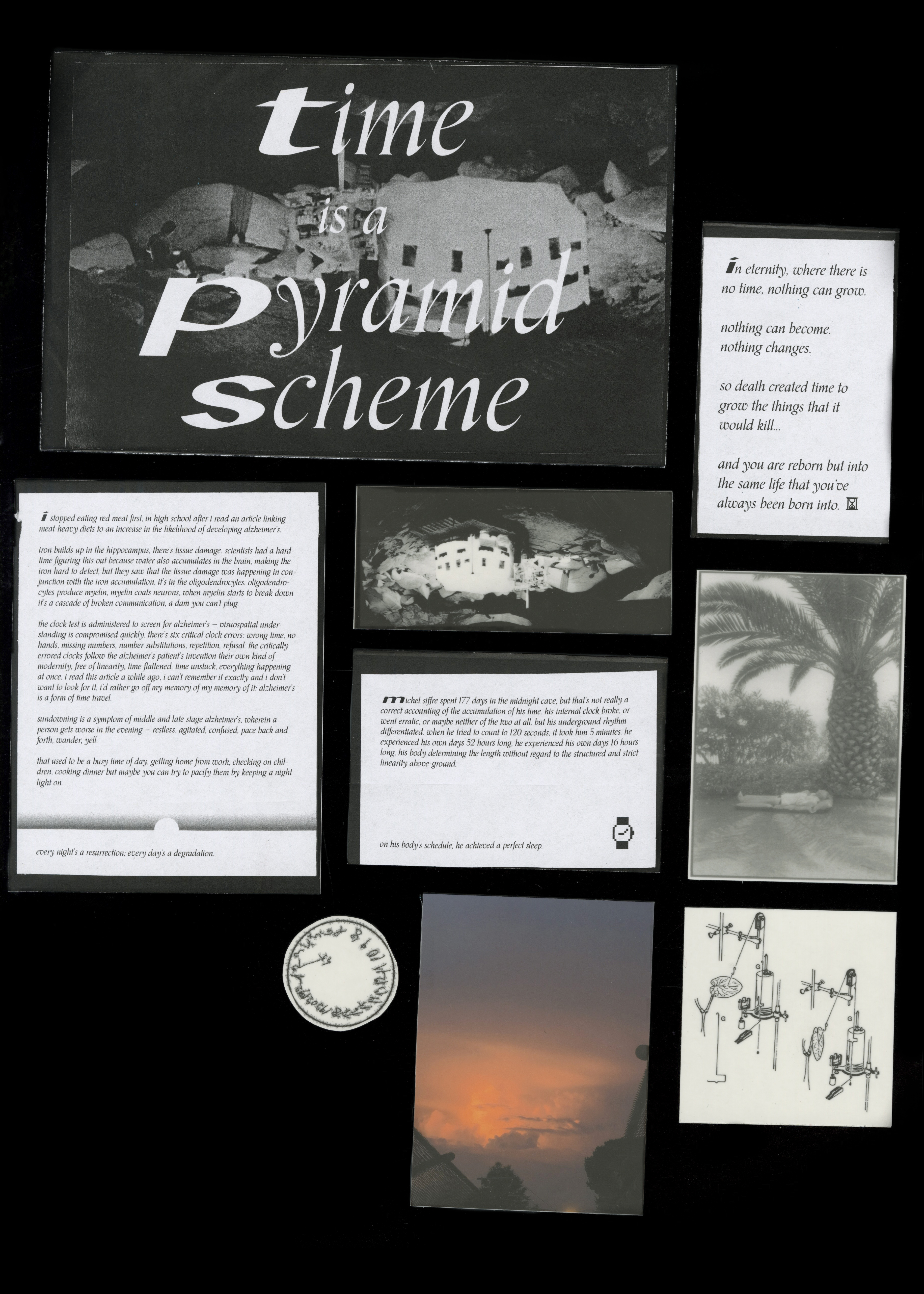
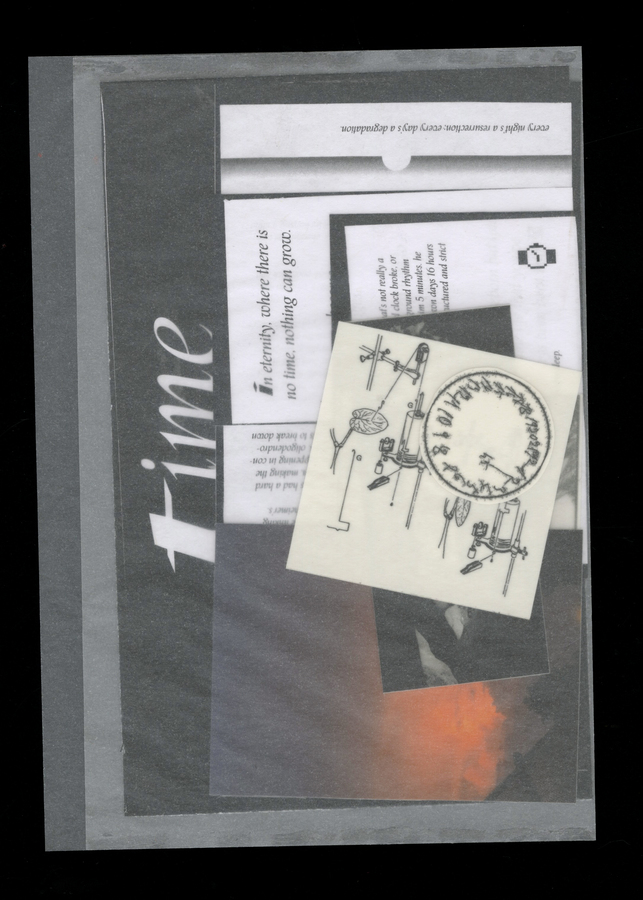
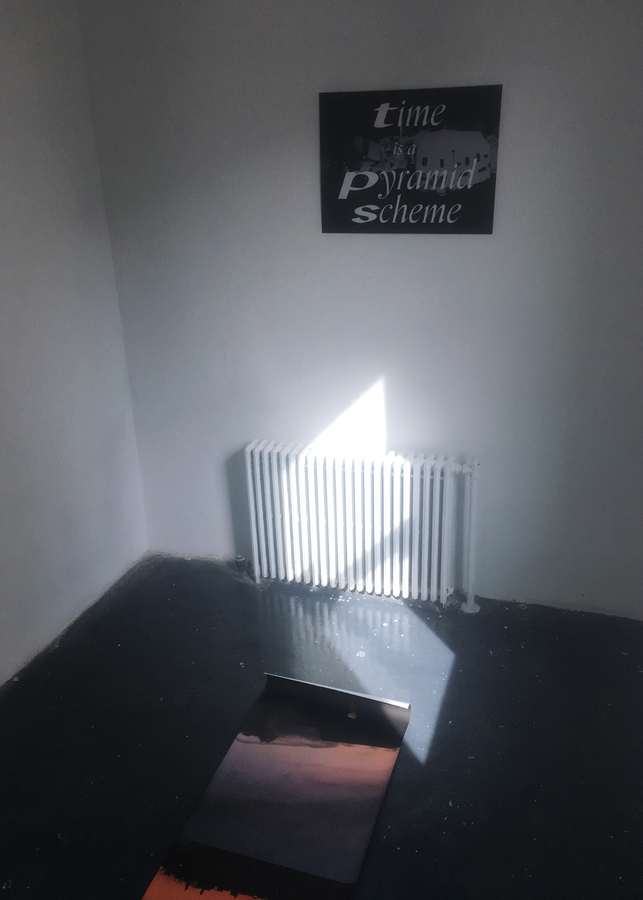
okay, so next, we have this continuation, which is now not only a conceptual study but a MATERIAL study on timekeeping as well! prompted to respond towards the space, i was really interested in the materiality of the
pumphouse
— constructed from limestone mined from the bed of the
james river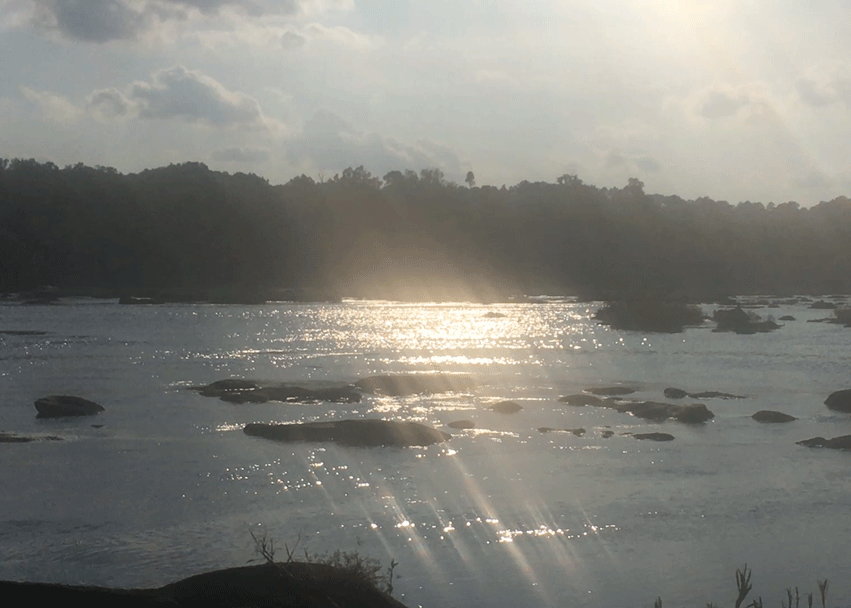
, what better material to withstand the river than something from that which it came. thinking to the material history of glass as melted silica, the nature of glass as an incredibly high viscosity liquid that warps with age, the time-based process of etching into glass, then placing the glass within the path of a leak, and watching as silica and detritus then began to accumulate, i was able to start to look towards these alternative modes of timekeeping in their physicality.
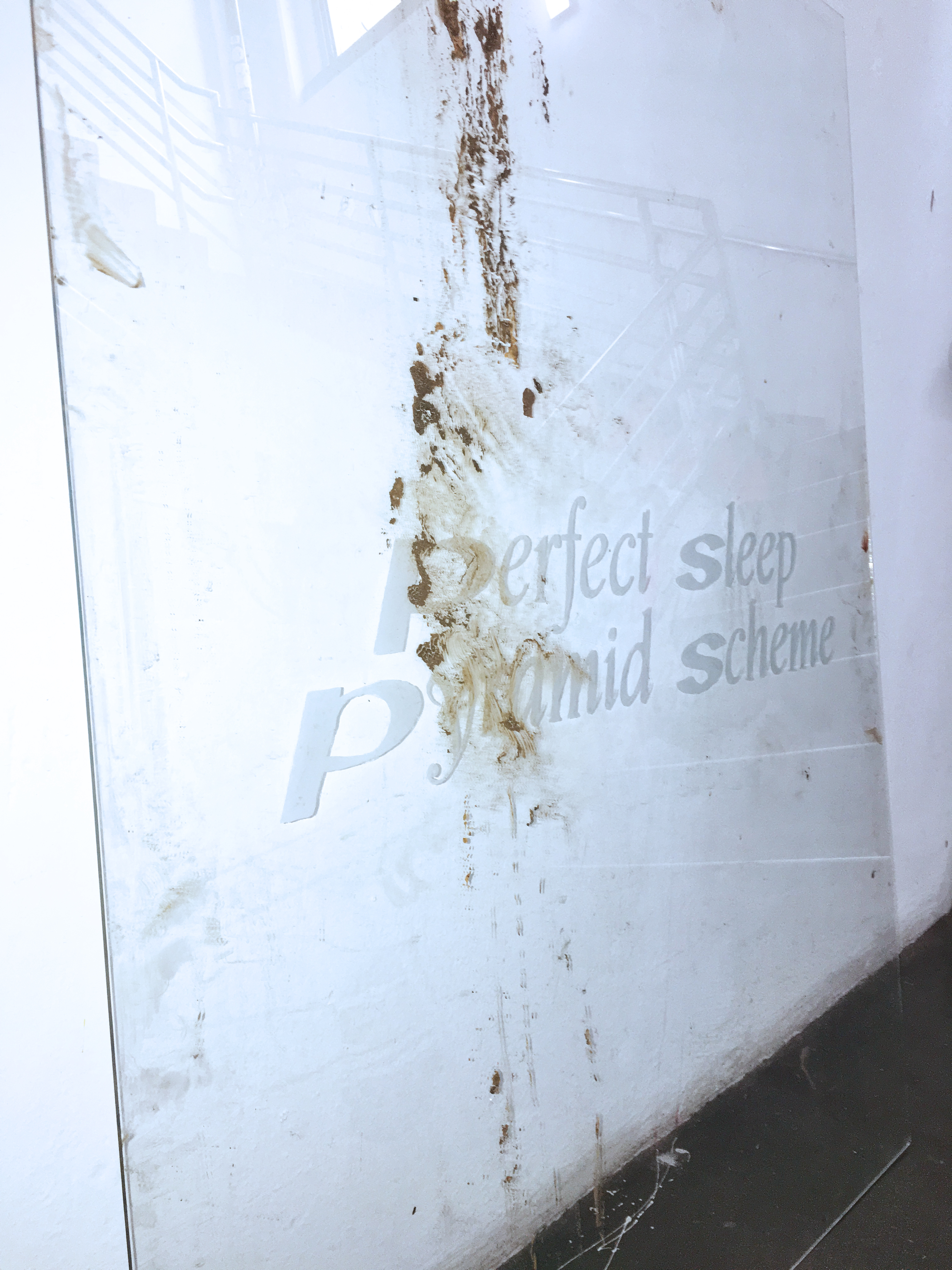

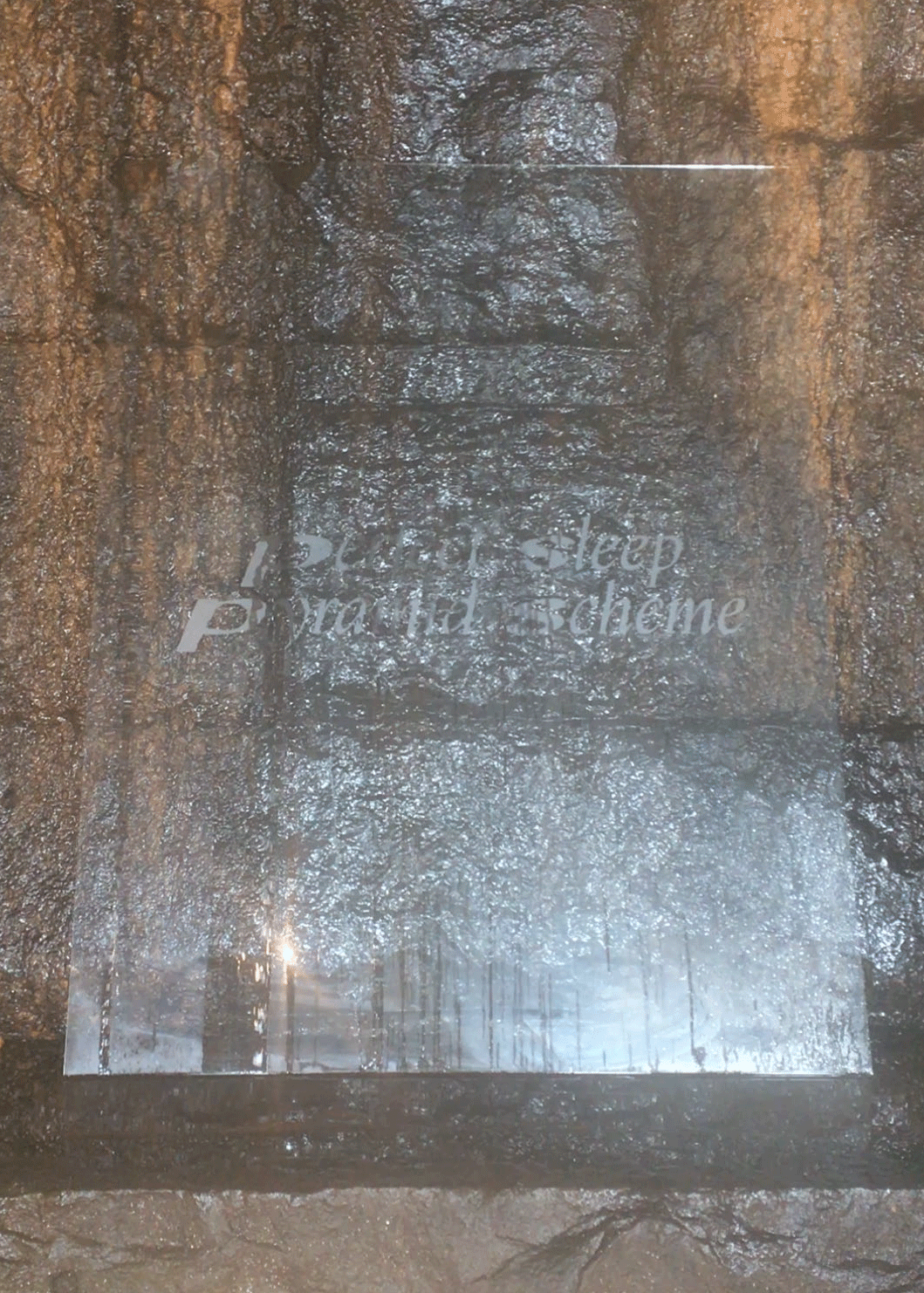
and then lastly, this skylight space became a sort of postscript consideration, a sort of prodigal son story, after all that, a return to the web.
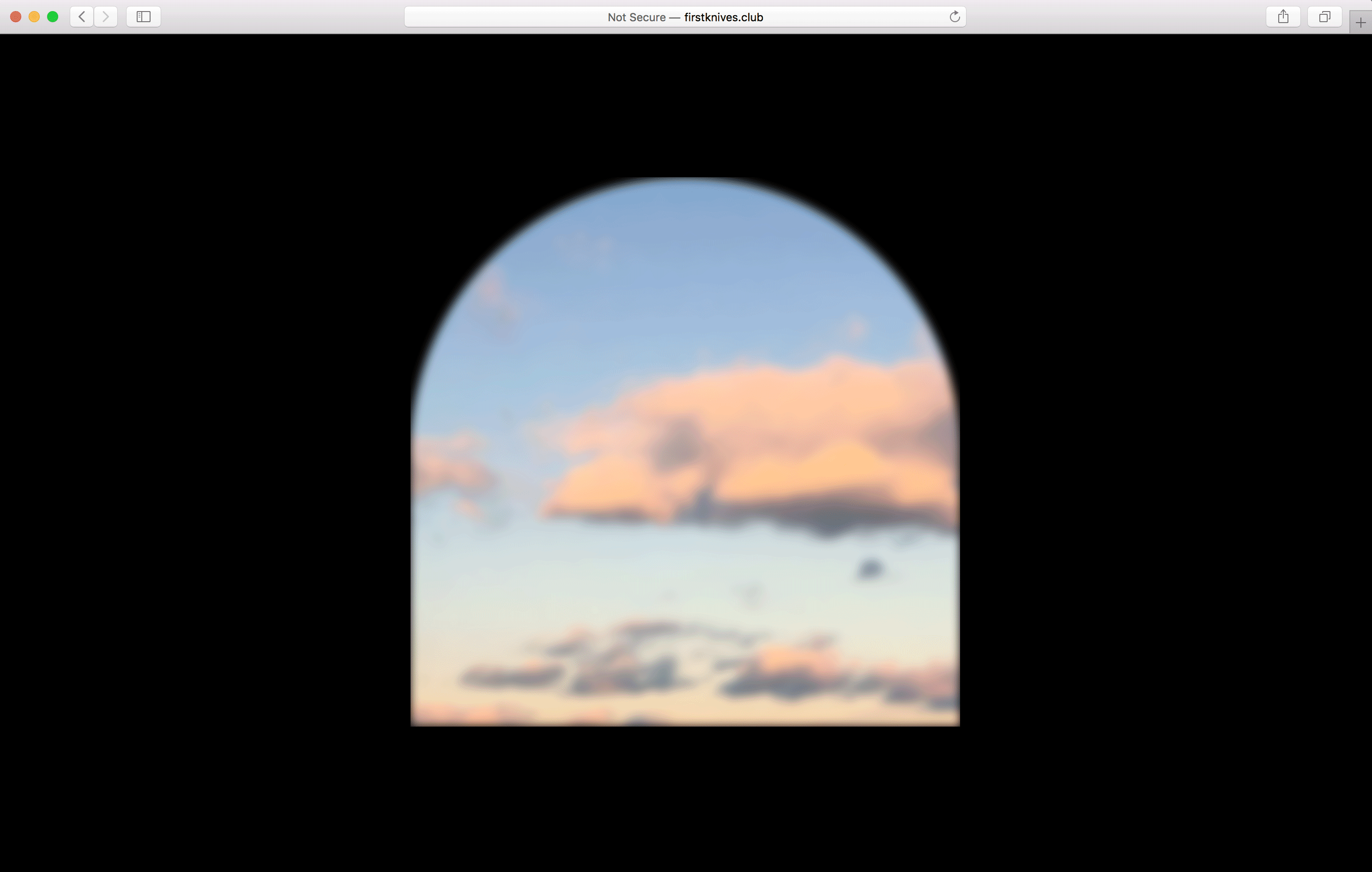
~~~
nervous swimmer
i have all these videos of water? and i wanted to find some sort of explicit evolutionary reason for why moving water brings this sense of ease. like how humans/animals/one in the same are attracted to sparkly objects — glitter, diamonds, crystals, mica — because they mimic the effect of sun on fresh water? or like how if your puppy isn’t sleeping well, if you put a clock in its bed it mimics the feeling of its mother’s heartbeat? or how prisons and asylums used that pink so the people entombed alive would fight it less? anyways, with the water videos, i would assume it’s two things: 1. the opportunity for fresh water and 2. the draw from the water within our own bodies, like the moon and the tide but the opposite.
at the same time, i was working on that poster for nontsi for the
riley hooker o+m lecture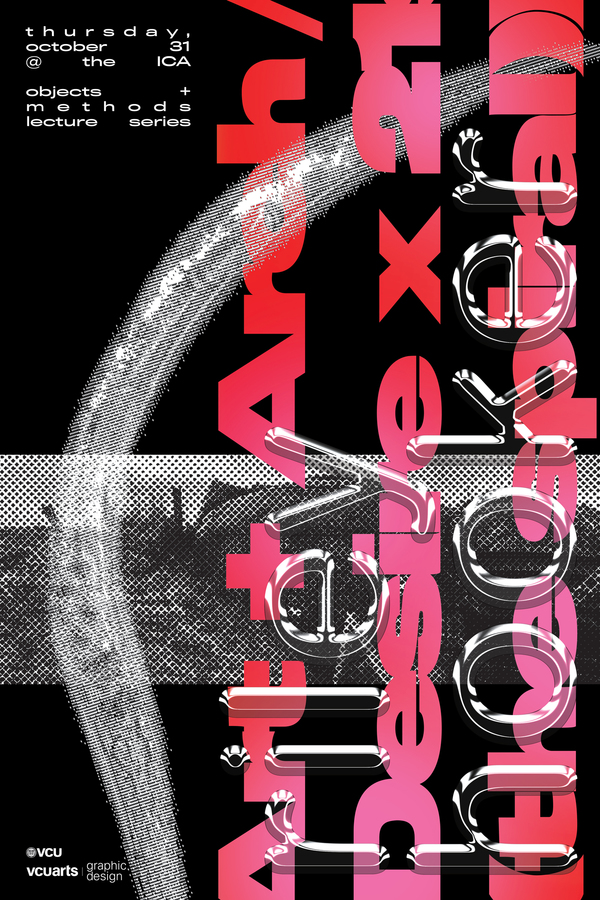
and was drawing from an article i had just read on a new nematode. nematodes are this huge genus of worm with like an endless number of distinct species that’s always changing, depending on what scientist you’re talking to, and they’re adapted to like every single environment. this new one was found in this lake in california that’s totally inhospitable due to its high salinity and alkalinity, but there’s a nematode with three sexes that lives there. and then i was watching a lot of nematode videos for this video i was trying to make, and the scientist narrating it said that the nematode is a perfect swimmer, that the way it undulates is studied and mimicked by robotics engineers. how nice it is that the nematode is, unbeknownst to itself, so perfect at what it does.
so this site is actually based off of
an install i had done previously
, in which i
projected a video
containing a series of clips i had shot throughout the year, for archive and memory, accompanied by some writing and reflection with copies available for anyone who stumbled in. and with this, as with a lot of my other websites, i wanted to then take that experience and make it accessible online, as well as thinking toward memory and how this online space now acts as a digital artifact to a space that no longer exists.
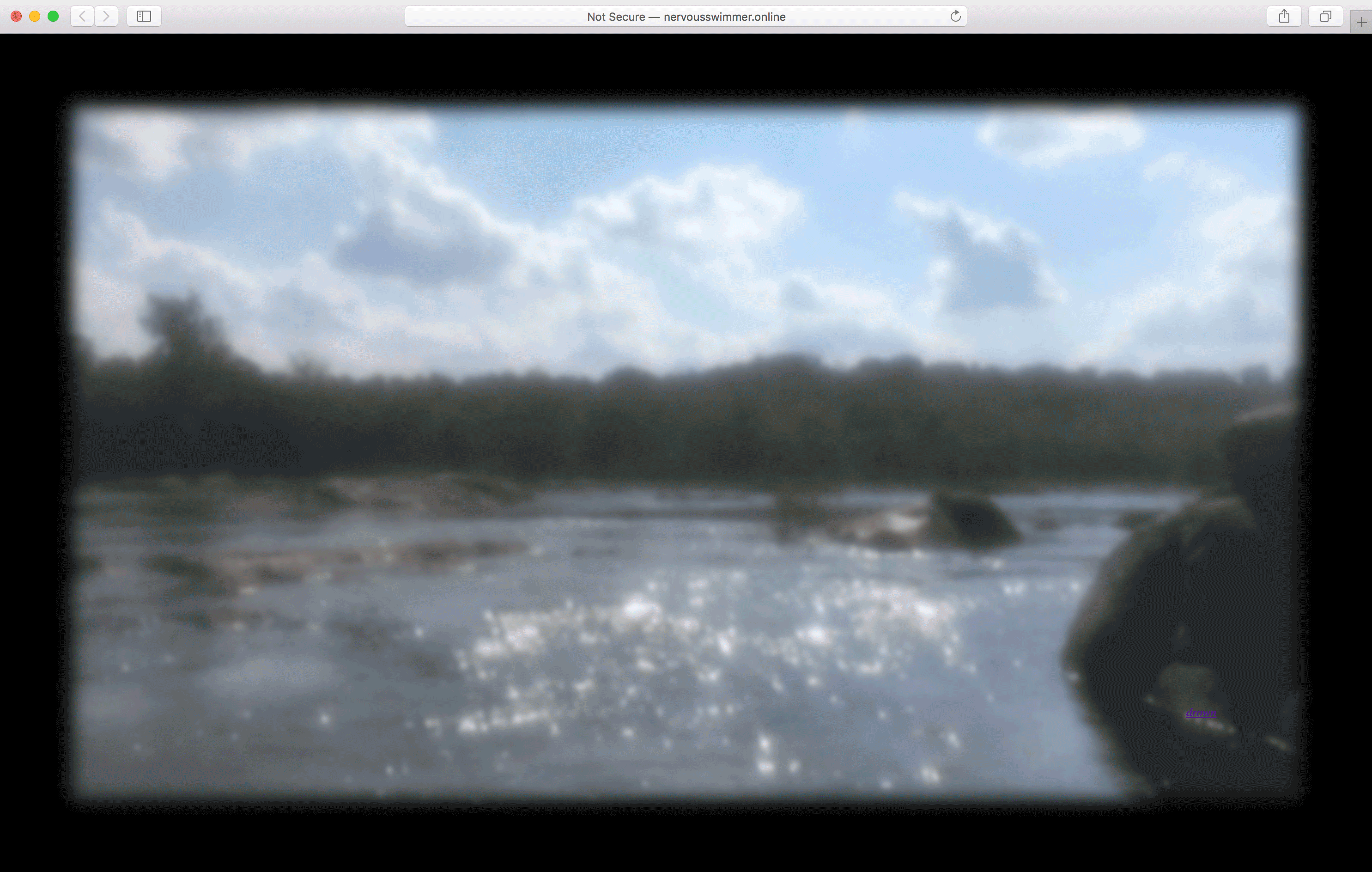
~~~
why does baptism have to be so wet
okay so... like... i could intellectualize this? and i’m supposed to? but i don’t really want to? i mostly did this to entertain myself and my friends. :) “this work addresses the homo/erotic desire, body, and pain inherent to catholicism and catholic depiction by subverting its tenants of chastity and shame through the lense of celebrity culture, internet forum queries, and decontextualized prayerbook excerpts.”
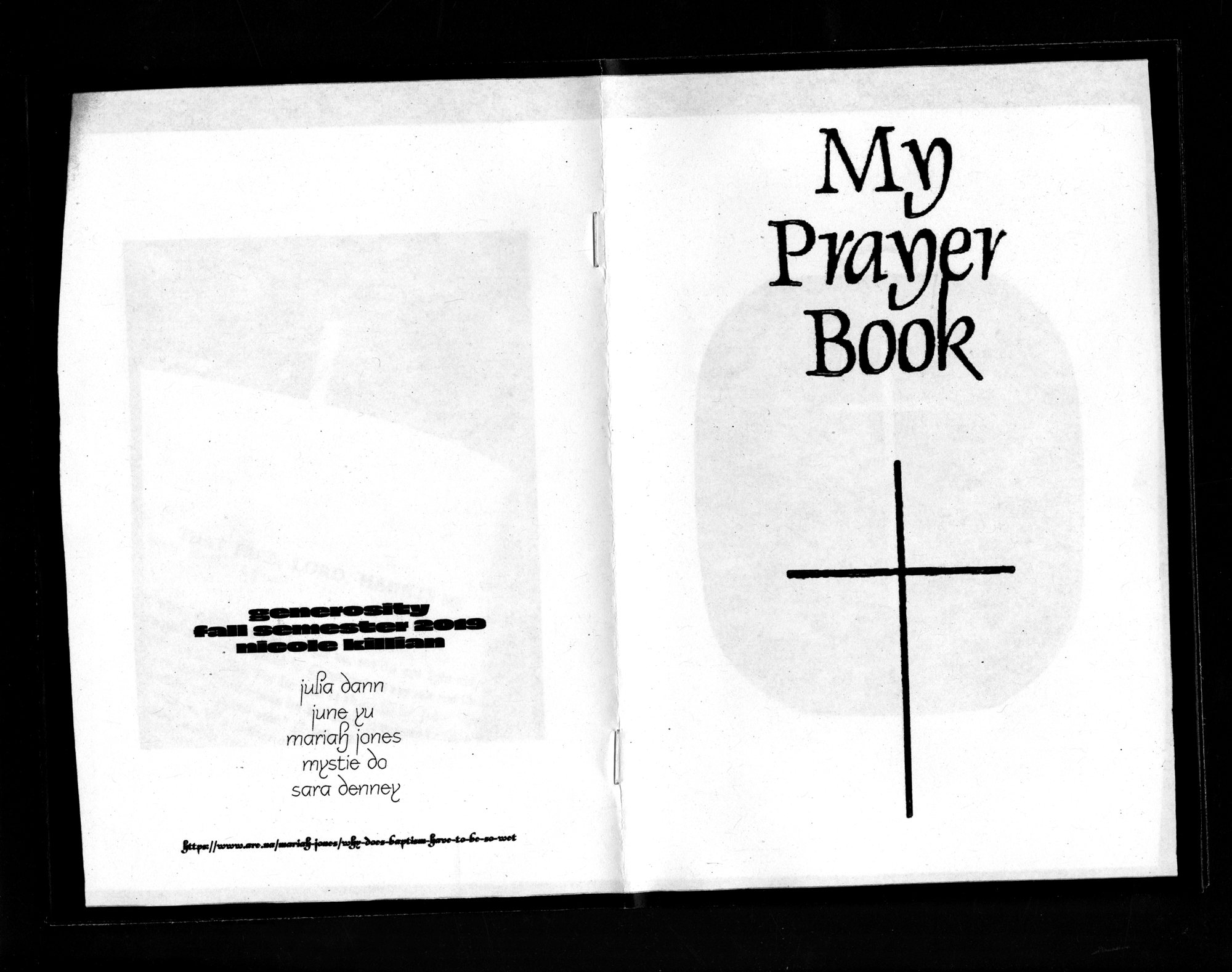
and then, this website, utilizing gerrit van honthorst's depiction of the incredulity of st. thomas, is the spiritual sibling to the zine — once again made to entertain myself and my friends, once again addressing the homo/erotic desire, body, and
pain(4) inherent to catholicism and catholic depiction by subverting its tenants of chastity and shame but this time through the lens of its own parable iconography.

~~~
avoiding the question
this work is about refusing to participate in your own outside comprehension, in being perceived, and so to explain it feels … like … i mean it’s doing the work a disservice right? why should i answer the question? isn’t a little
mystery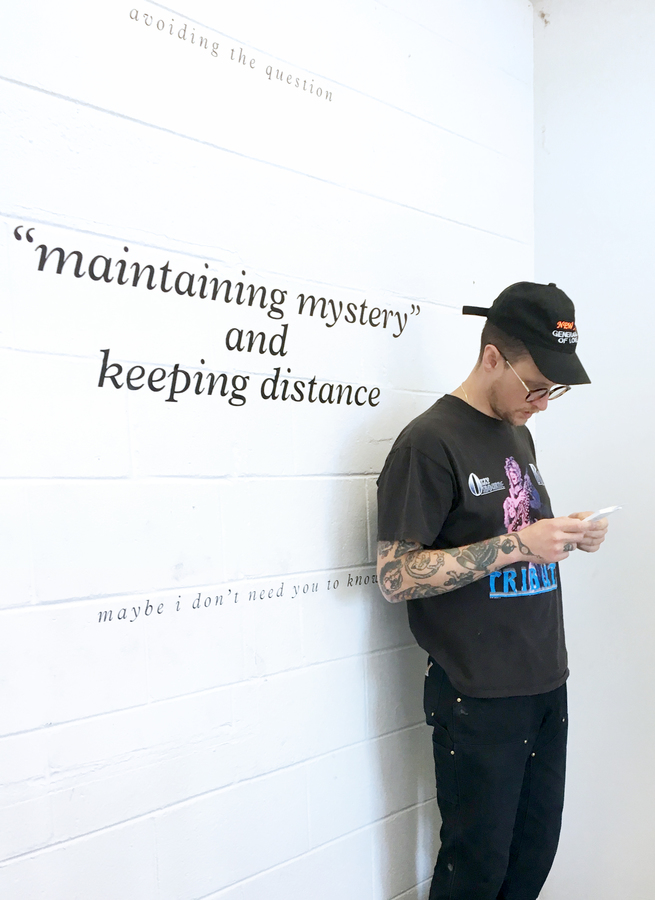
more interesting? you can figure it out.
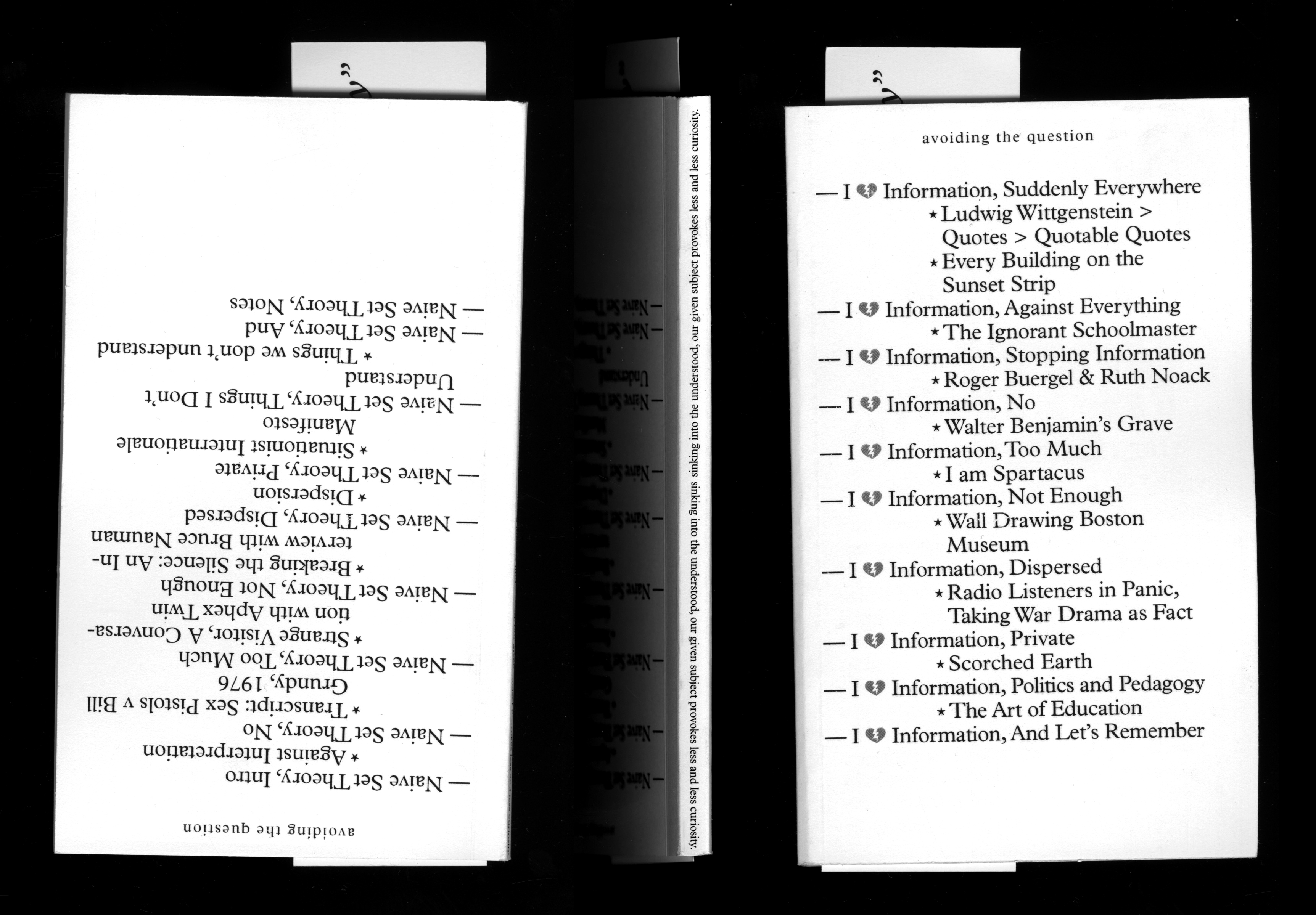
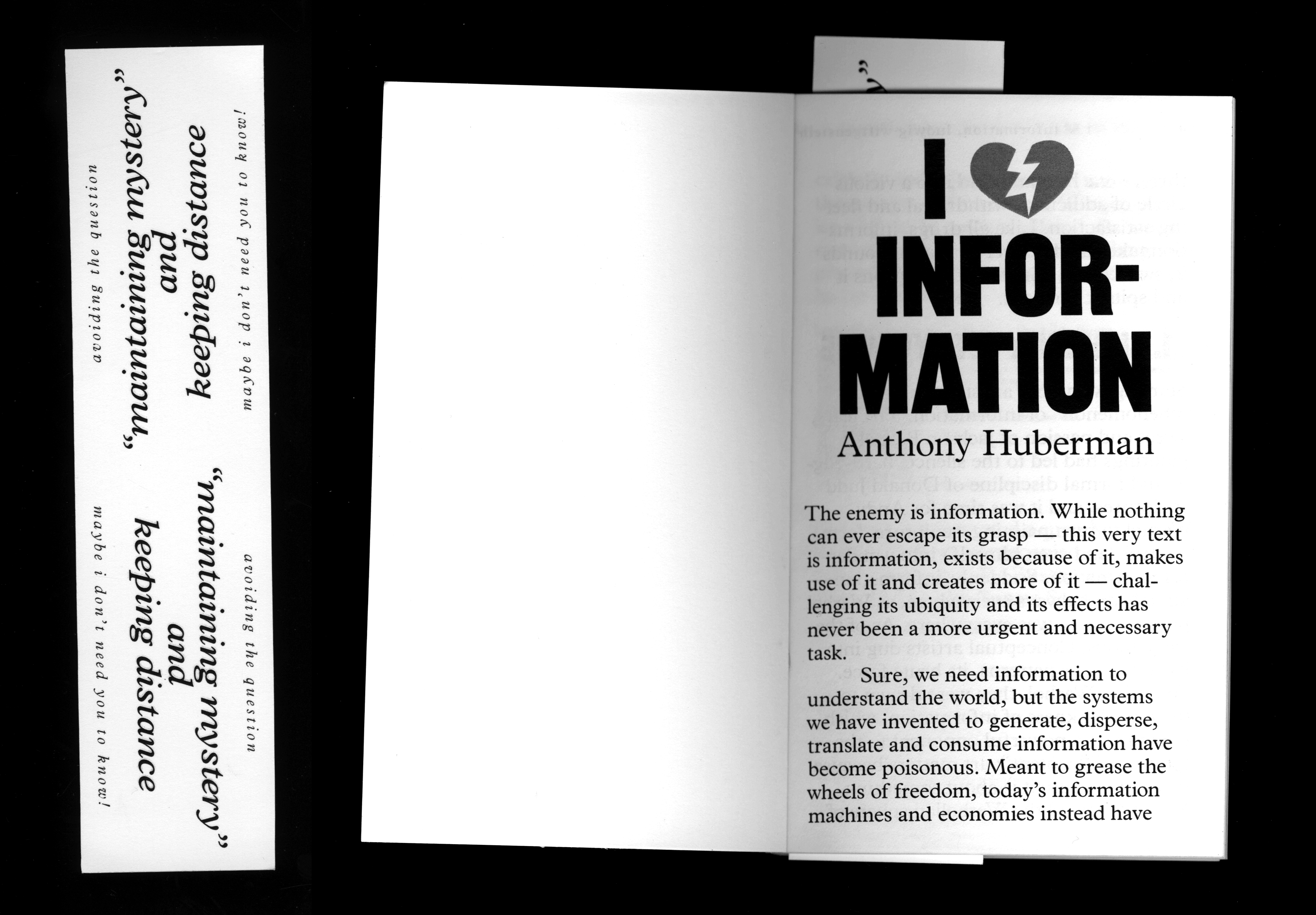
~~~
dreaming as gan
this work began (once again) in a
previous project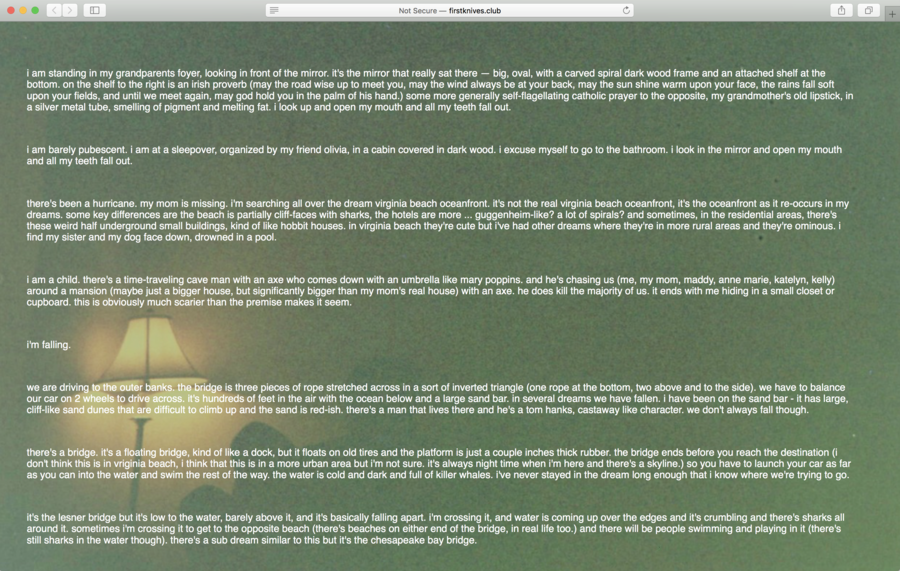
. (we LOVE consistency — maybe all this would be a good example for future students how sometimes you make work you hate but eventually it just might turn into something you like?) so, still working through the
fallacies of human cognition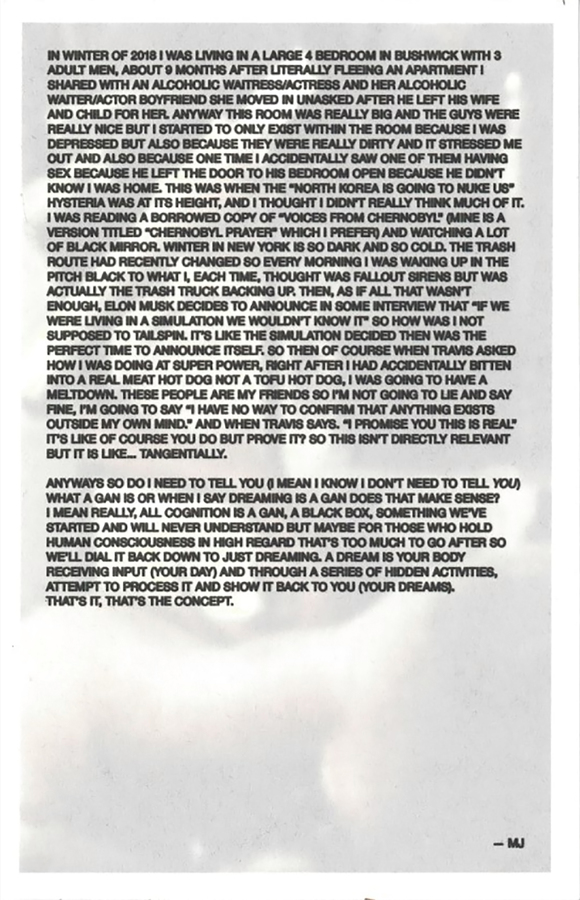
(just a small little subject) and memory, but now narrowing into dreaming, as viewed through a solipsistic, simulation-theory lens, i re-utilized my
nightmare archive, and began feeding it into a generative adversarial network (GAN) that, through machine learning, translates text to image. and from there, i fed those images into another gan that replicates images, thus creating a
series of translations
from the original nightmare. dreaming, whose exact machinations and meanings remain unclear, unverifiable, has been
theorized(5) as being similar in purpose and in process to a gan — operating under the assumption that a dream is a re-translation of your lived day as your brain attempts, in unclear terms, to commit it to memory, it’s directly analogous to the input, hidden layer testing, and output of a gan.
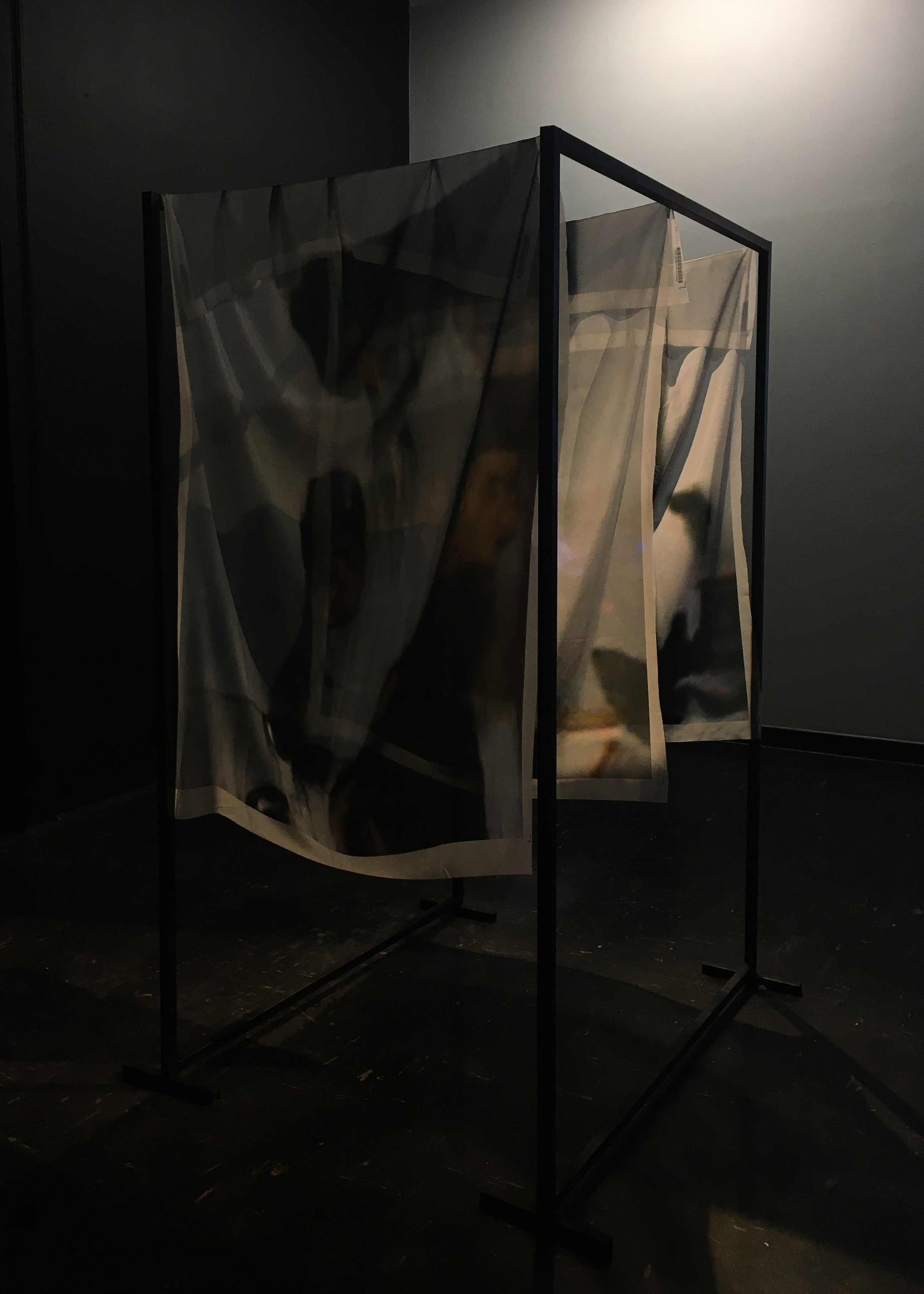
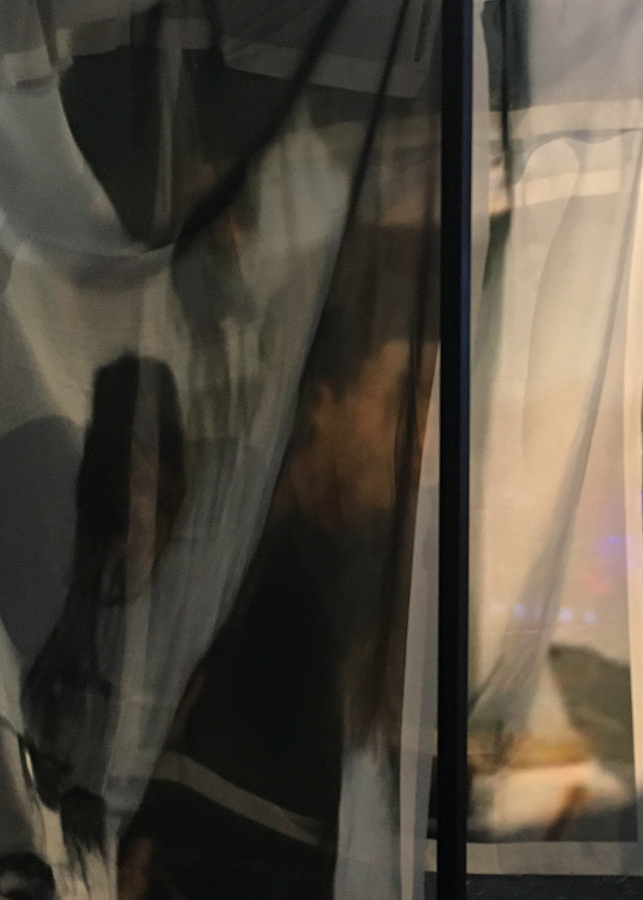
———
(1) fredric jameson and slavoj žižek, by way of
capitalist realism
(3) jack hanley gallery & peradam press,
anthology of time
—————
moving forward
writing a “moving forward” seems to always be a tenuous, imagined space … and … that being said … it feels like an almost hypothetical space now. though i argue that my work stems from alienation, it doesn’t exist in a vacuum, so to make any specific proposals in a time of even increased precarity, feels even more … what’s the adjective form of a pipe-dream?
(on the “plus” side, un/fortunately, we’re all performing my proposal now.)
that being said, here’s my good-faith offer, a direction we could take this: i’ll continue to explore buildings, to construct rooms, to create spaces for the purpose of contemplation and recognition, outside of the monetized austerity of facebook, twitter, instagram, while attempting to communicate the benefits of doing so.
this, obviously presents some questions: how can social media be used mindfully, in an attempt to transcend the bend towards depressive hedonia and parasocial environments? how can social media be used mindfully, to subvert the alienation from our own labor as big net profits off of our behaviors? can it at all?
what does a “sincere” or unperformed online space look like? is that even a possibility? is that even a desire?
how can i facilitate the subversion of big social, especially during a time when we’re relying on these spaces more than ever? what does dissemination of these spaces look like? is it necessary? or is the process of wandering and stumbling upon enough? if disseminating feels crucial, what does that look like?
honestly, as we move through different mediums, different styles, does design matter in an age of
planned obsolescence?(1) form follows function in theory, but what does function transcending form look like, especially in a design program?
and finally, you know what, let’s take it one step further: what does a life lived in this alienated, isolated space look like long-term? what are the consequences to existing solely through simulacrum? of url first, irl second? i argued for the formativity of, i mean, essentially, being a teen online, but is that sustainable? (do you want the link to
my tumblr playlist? you can't tell me you haven't regressed a little.) i mean, how can i ascend from my avatar? what’s the point of a body when my brain exists through my macbook? i’d like to think at the end of all this, there’s an ego death, the dissolution of self, but, now especially, who are we without our online performance of
personhood?(2)
i wish i had something eloquent or prescient to close with but i don’t, so i offer this: hello from my virtual room to yours. despite and in spite of this work on digital community-making, i hope we can be within the same irl room soon.
———
—————
bibliography, precedents,
one in the same
against the grain, david graeber on inequality and human history
john berger,
ways of seeing
mark fisher,
capitalist realism
octavia butler,
parable of the sower
hito steyerl, in defense of the poor image
~~~
aidan koch,
after nothing comes
andrea lawlor,
paul takes the form of a mortal girl
otessa moshfegh,
my year of rest and relaxation
sally rooney,
normal people
true detective, season 1
~~~
amalia ulman, excellences & perfections
andreas angelidakis, kimberly r. drew, juliana huxtable, compiled by riley hooker,
façadomy: gender talents
anthony huberman,
naive set theory
brent stewart, willy stewart, grand ole opera
brian merchant, the last relevant blogger
cathy wilkes, cathy wilkes
darcie wilder,
literally show me a healthy person
dick hebdige,
subculture: the meaning of style
k-hole, youth mode
maggie nelson,
bluets
mark grief,
against everything
mark grief et al.,
what was the hipster? a sociological investigation
~~~
cormac mccarthy,
child of god
elvia wilk, the word made fresh: mystical encounter and the new weird divine
eric spitznagel, the stars of jackass 3d on god, cancer, and homosexuality
patricia lockwood,
priestdaddy
slavoj žižek, a&f quarterly, back to school issue 2003
thomas ligotti,
the conspiracy against the human race
~~~
jack hanley gallery & peradam press,
anthology of time
~~~
bryce wilner, it's easy to tell
hipsterrunoff, lana & me: our dark, abusive, co-dependent relationship on the content farm
jia tolentino,
trick mirror
j.r. carpenter, a handmade web
laurel schwulst,
my website is a shifting house next to a river of knowledge
maciej cegłowski, the website obesity crisis
malte müller, web design as architecture
molly soda, from my bedroom to yours
olia lialina, my boyfriend came back from the war
sabrina rubin erderly, kiki kannibal: the girl who played with fire
zach mandeville, basic html is the new punk folk explosion
—————
thank you :)
aidan quinlan
anthony nguyen
andrew walsh-lister
becky jones
bushra sughayer
chase folsom
erin weaver
david shields
feixue mei
jason wright
jesse goldstein
joe perna
june yu julia dann
julia dann
mystie do
nicole killian
roy mckelvey
sara denney
susan nguyen
wes taylor
yutong liu


 of a room.
of a room.
 , the solipsism, the marxism, you can pick your own adventure.
, the solipsism, the marxism, you can pick your own adventure.
 .(1) i don’t want to help people sell things. i don’t want to aid in convincing consumers a brand is “cool,” or their friend, or a substitute for like actual ethics and a personality. not to be dramatic, but if i wanted to be a cog in the capitalist machinery, i would have majored in business so at least i’d be paid more to hate my self-important job!
.(1) i don’t want to help people sell things. i don’t want to aid in convincing consumers a brand is “cool,” or their friend, or a substitute for like actual ethics and a personality. not to be dramatic, but if i wanted to be a cog in the capitalist machinery, i would have majored in business so at least i’d be paid more to hate my self-important job!

 handed out at the new york art book fair while performing as street preacher
handed out at the new york art book fair while performing as street preacher , which were then reformed for redistribution in richmond as posters, a ubiquitious form of unasked for information, and a website, which also acts as a repository for process work and inspiration.
, which were then reformed for redistribution in richmond as posters, a ubiquitious form of unasked for information, and a website, which also acts as a repository for process work and inspiration.











 — constructed from limestone mined from the bed of the james river
— constructed from limestone mined from the bed of the james river , what better material to withstand the river than something from that which it came. thinking to the material history of glass as melted silica, the nature of glass as an incredibly high viscosity liquid that warps with age, the time-based process of etching into glass, then placing the glass within the path of a leak, and watching as silica and detritus then began to accumulate, i was able to start to look towards these alternative modes of timekeeping in their physicality.
, what better material to withstand the river than something from that which it came. thinking to the material history of glass as melted silica, the nature of glass as an incredibly high viscosity liquid that warps with age, the time-based process of etching into glass, then placing the glass within the path of a leak, and watching as silica and detritus then began to accumulate, i was able to start to look towards these alternative modes of timekeeping in their physicality.




 and was drawing from an article i had just read on a new nematode. nematodes are this huge genus of worm with like an endless number of distinct species that’s always changing, depending on what scientist you’re talking to, and they’re adapted to like every single environment. this new one was found in this lake in california that’s totally inhospitable due to its high salinity and alkalinity, but there’s a nematode with three sexes that lives there. and then i was watching a lot of nematode videos for this video i was trying to make, and the scientist narrating it said that the nematode is a perfect swimmer, that the way it undulates is studied and mimicked by robotics engineers. how nice it is that the nematode is, unbeknownst to itself, so perfect at what it does.
and was drawing from an article i had just read on a new nematode. nematodes are this huge genus of worm with like an endless number of distinct species that’s always changing, depending on what scientist you’re talking to, and they’re adapted to like every single environment. this new one was found in this lake in california that’s totally inhospitable due to its high salinity and alkalinity, but there’s a nematode with three sexes that lives there. and then i was watching a lot of nematode videos for this video i was trying to make, and the scientist narrating it said that the nematode is a perfect swimmer, that the way it undulates is studied and mimicked by robotics engineers. how nice it is that the nematode is, unbeknownst to itself, so perfect at what it does.
 , in which i projected a video
, in which i projected a video containing a series of clips i had shot throughout the year, for archive and memory, accompanied by some writing and reflection with copies available for anyone who stumbled in. and with this, as with a lot of my other websites, i wanted to then take that experience and make it accessible online, as well as thinking toward memory and how this online space now acts as a digital artifact to a space that no longer exists.
containing a series of clips i had shot throughout the year, for archive and memory, accompanied by some writing and reflection with copies available for anyone who stumbled in. and with this, as with a lot of my other websites, i wanted to then take that experience and make it accessible online, as well as thinking toward memory and how this online space now acts as a digital artifact to a space that no longer exists.



 more interesting? you can figure it out.
more interesting? you can figure it out.


 . (we LOVE consistency — maybe all this would be a good example for future students how sometimes you make work you hate but eventually it just might turn into something you like?) so, still working through the fallacies of human cognition
. (we LOVE consistency — maybe all this would be a good example for future students how sometimes you make work you hate but eventually it just might turn into something you like?) so, still working through the fallacies of human cognition (just a small little subject) and memory, but now narrowing into dreaming, as viewed through a solipsistic, simulation-theory lens, i re-utilized my nightmare archive, and began feeding it into a generative adversarial network (GAN) that, through machine learning, translates text to image. and from there, i fed those images into another gan that replicates images, thus creating a series of translations
(just a small little subject) and memory, but now narrowing into dreaming, as viewed through a solipsistic, simulation-theory lens, i re-utilized my nightmare archive, and began feeding it into a generative adversarial network (GAN) that, through machine learning, translates text to image. and from there, i fed those images into another gan that replicates images, thus creating a series of translations from the original nightmare. dreaming, whose exact machinations and meanings remain unclear, unverifiable, has been theorized(5) as being similar in purpose and in process to a gan — operating under the assumption that a dream is a re-translation of your lived day as your brain attempts, in unclear terms, to commit it to memory, it’s directly analogous to the input, hidden layer testing, and output of a gan.
from the original nightmare. dreaming, whose exact machinations and meanings remain unclear, unverifiable, has been theorized(5) as being similar in purpose and in process to a gan — operating under the assumption that a dream is a re-translation of your lived day as your brain attempts, in unclear terms, to commit it to memory, it’s directly analogous to the input, hidden layer testing, and output of a gan.




